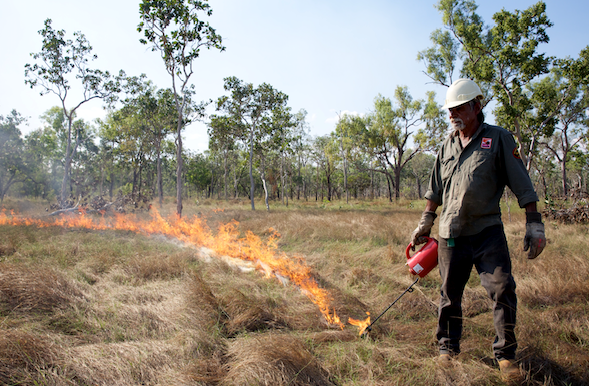April was yet another major month in the renovation of Australia’s carbon credit framework, but it remains a work in progress with key elements hopefully soon to be addressed. These include a process for the consideration of new methods and legislation critical to implementing key recommendations of the Independent ACCU Review.
CMI launched its inaugural Carbon Market Report in partnership with Westpac and we have just released supporting research on community expectations of political parties and business. That research showed over three quarters of Australians (77%) wanted business to be net zero or negative emissions and over half (58%) recognise the urgency of the climate crisis and the need to utilise all viable tools at our disposal, including high integrity carbon credits, to reduce emissions.
In their chapter of the Carbon Markets and Australia’s Net Zero Challenge Report, Westpac referenced projections that Australia could become one of the largest producers of carbon credits in the next decade, while reiterating the need for regular health checks of the market.
One health check released this week was the Audit Office’s review of the Clean Energy Regulator’s (CER) performance in the issuance, compliance and contracting of ACCUs. Contrary to claims made in calling for an Audit Office review, the CER’s approach was found to be effective or largely effective, and most tellingly the sole recommendation was not for the CER but a procedural one for DCCEEW.
The announcement of a fourth exit window for historical fixed delivery carbon abatement contracts clarified some deepening uncertainty around future supply for Safeguard Mechanism Entities. This window will, till the end of 2024, require a 20% minimum delivery of contracted ACCUs to the Commonwealth, which will go into the Safeguard Mechanism cost containment reserve. This has been described as another pilot measure with hopefully permanent arrangements to follow.
This month also saw more progress on the Safeguard Mechanism regulations and saw the first projects to receive “Safeguard Transformation” grants under the Powering the Regions Fund as the Government responds to the US Inflation Reduction Act and EU Green Deal. Disappointingly, reforms to the EPBC Act were postponed. This leaves uncertainties for business and the community on key planks of the broader Nature Positive agenda while work continues on the Nature Repair Market framework.
Alongside these developments, work also continued on the potential integrated farm and land management (IFLM) method with confirmation from the Government of a goal of presenting the draft method to the Emissions Reduction Assurance Committee in the second half of the year. CMI continues to support the development of this method, noting the need for robustness against the Offset Integrity Standards alongside the need for processes for new methods. We look forward to progress on Savanna and Landfill methane methods this month.
CMI welcomed the Queensland Government and LNP’s bipartisan support of a 2035 emissions reduction target of 75%, which sends a strong signal to all Federal political parties as the Government considers Australia’s 2035 nationally determined contribution (NDC) likely to be finalised later this year. The 2035 NDC will be informed by the independent, statutory advice of the Climate Change Authority, which recently opened consultation examining a 65 to 75% reduction target.
May promises to be another important month with key tests for the Budget and our 8th Carbon Industry Farming Forum in Cairns on 21-22 May. We’ll be launching our 3rd Carbon Farming Scorecard before the Forum. Produced in partnership with KPMG this examines policy development and progress at state and federal levels. We’ll also be launching a new education initiative. Stay tuned!

John Connor
CEO
Carbon Market Institute



